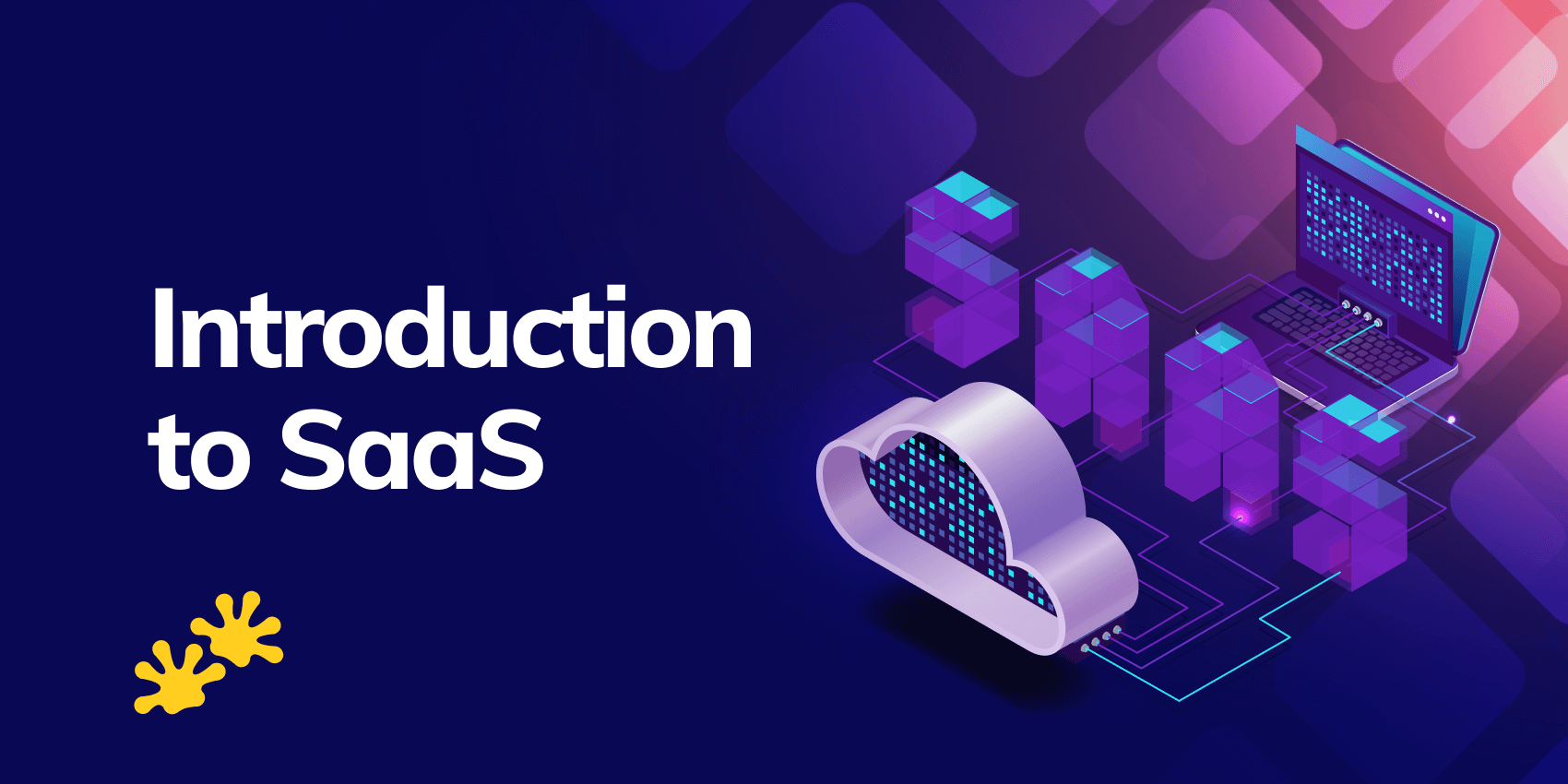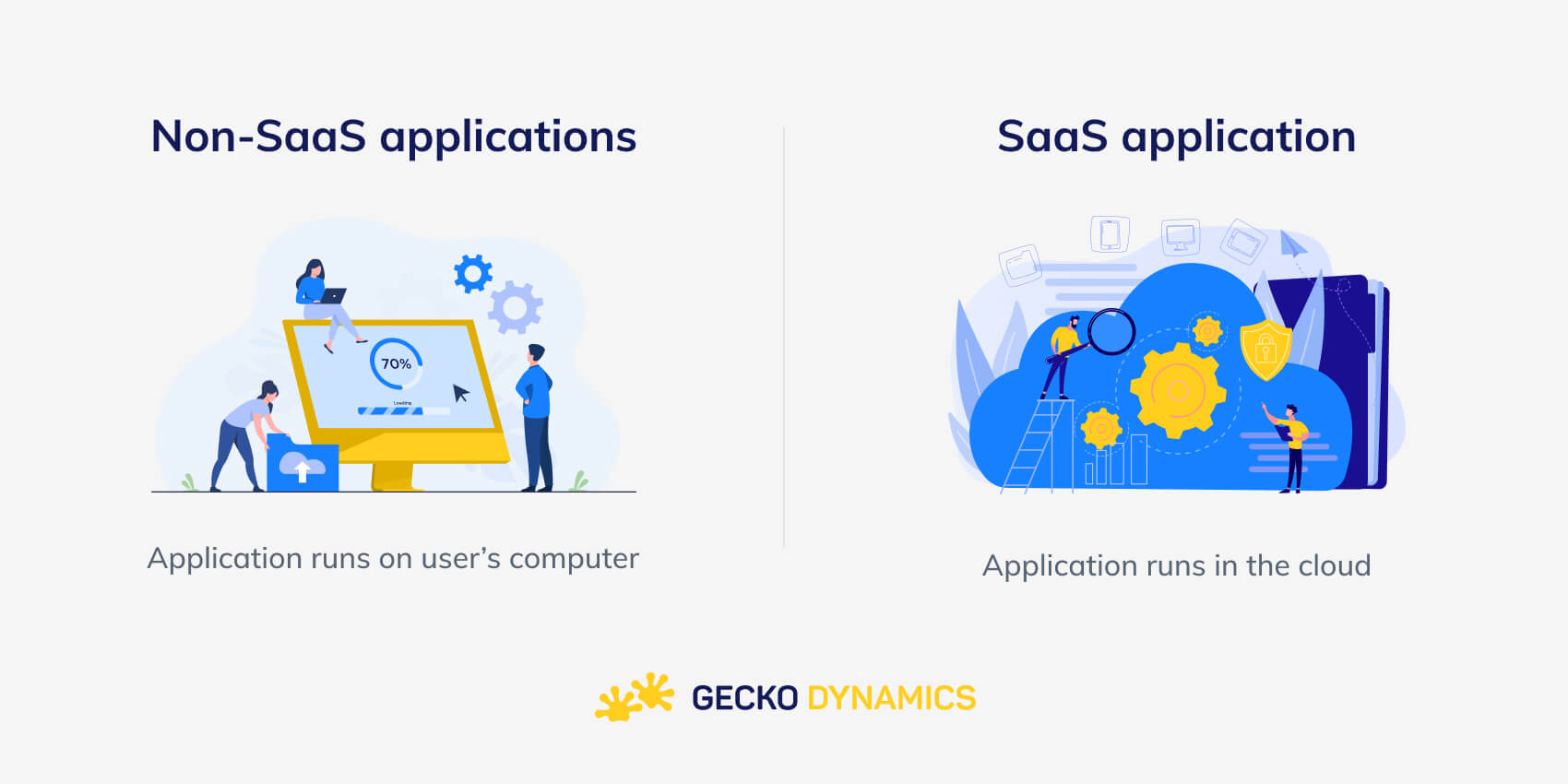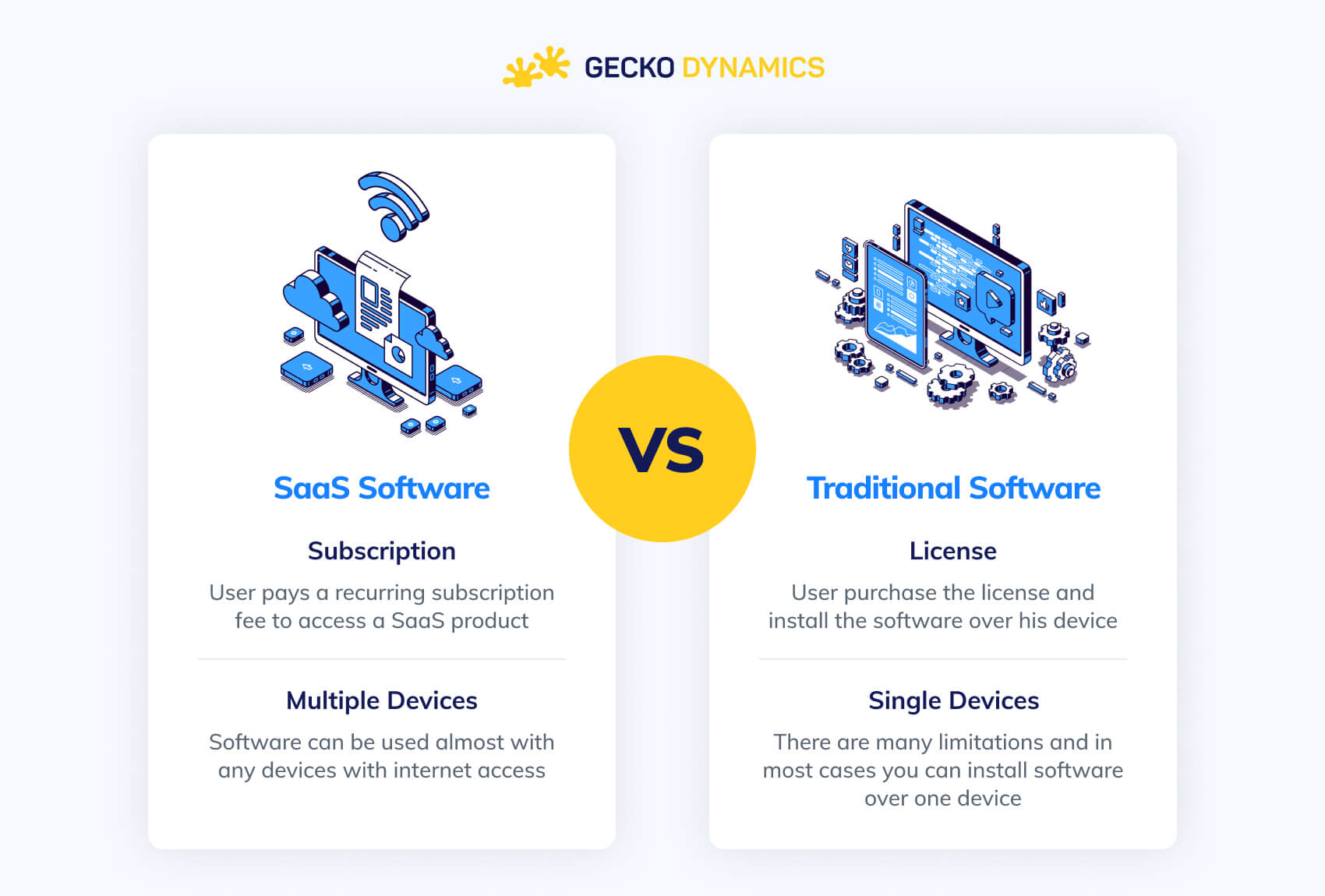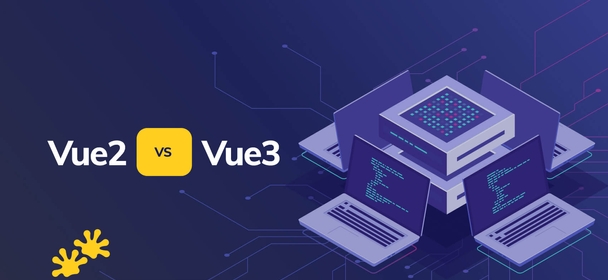Introduction to SaaS cloud computing resources

SaaS became a very popular software delivery model, over the last years, cloud computing has been growing rapidly. Let’s take a look at the Cisco Annual Internet Report which predicts that 75% of the total cloud workloads and compute instances will be in the form of SaaS by 2022. It’s worth adding that in the same rapport you can find predictions that show future growth in the number of people connected to the Internet. According to it, the total number of Internet users is projected to grow from 3.9 billion in 2018 to 5.3 billion by 2023. This represents 51 percent of the global population in 2018 and 66 percent of the global population by 2023. It’s worth noting that worldwide spendings on public cloud service model are forecast to grow by 18.4% in 2021 to a total of 304.9$ billion, up from $257.5 billion in 2020, according to Gartner, Inc.
This rapid growth in the market makes a gap that can be fulfilled with new technologies and services. That’s great news for every business owner, it’s also good to know that COVID-19 has changed the way we live and pushed progress toward the future. Virtual work, on-demand services, or telemedicine, even if we knew that it is possible, we thought that this is the distant future, but it happened and changed the world inevitably. We see transitions in every aspect of our lives, so it’s hard to predict what the future brings.
SaaS model success: expert insights on building scalable products
Through many years of work, we’ve discovered that business owners, especially those who are at the beginning of their way, are in need of building high-quality and scalable SaaS products, but don’t know how to start the whole process. We decided to share with you some of our experience connected to SaaS solutions, and how to go about it.
What is a SAAS?

Widely known SaaS model means “Software as a Service“, is a software distribution model in which a cloud provider hosts applications and makes them available to end-users over the internet. Instead of downloading software on your desktop PC, you access an application via an internet browser. Those applications could be anything from Business Process Management software to a POS system.
SaaS is one of three main categories of cloud computing, alongside platform as a service (PaaS) and infrastructure as a service (IaaS). This is a significant departure from the on-premises software delivery model allowing organizations to outsource most of the IT responsibilities. SaaS applications enable enterprises to scale the infrastructure up and down, depending on their needs, without setting up additional hardware and infrastructure. The result is more flexible and scalable operations, but additionally in most cases helps reduce cost due to scalability options.
SaaS is giving an ability to integrate most SaaS applications with other software using application programming interfaces (APIs). That results in a simpler and more cost-effective solution. McKinsey & Company industry analysts estimate that the SaaS market will grow by more than 20 percent annually, reaching nearly $200 billion by 2024. It’s a level that would represent nearly one-third of the overall enterprise software market.
Saas vs. Customer Relationship Management
Many CRM solutions are offered as SaaS business applications - they are delivered and accessed through the cloud. SaaS-based CRM systems offer the advantage of easy deployment, accessibility from anywhere, and automatic updates. They provide a comprehensive suite of tools and features tailored to manage customer relationships effectively. These CRM solutions typically include features like contact management, lead tracking, sales pipeline management, customer support ticketing, and analytics.
While SaaS and CRM software are separate concepts, they often intersect because many CRM solutions are delivered through the SaaS model. Businesses can leverage SaaS-based CRM systems to streamline their customer management processes, improve sales and marketing effectiveness, and gain valuable insights into their customer base.
In summary, SaaS is a software delivery model that offers applications through the cloud, while CRM is a strategy and technology approach focused on managing customer relationships. SaaS-based CRM solutions provide businesses with tools to effectively manage and nurture customer relationships, drive sales, and improve customer satisfaction.
SaaS Development
As more businesses choose to use SaaS applications, the need for SaaS cloud application development services is also strengthened. The biggest benefit of the SaaS application is a reduced cost of delivery for both SaaS providers and SaaS subscribers. SaaS owners are able to deploy, update and fix their offerings in the cloud, which helps with reducing the cost of maintaining the software for the SaaS provider. SaaS services created a higher standard for service delivery to consumers as compared to the on-premise model, this means that SaaS vendors are in continuous need of innovation to avoid the risk of losing their customers to the competition.

Vertical and Horizontal SaaS
At the beginning, a typical SaaS vendor was focused on providing solutions that covered various industries. In other words, the goal was to satisfy the needs of as many people as possible. An example of a classic horizontal SaaS product is CRM called Salesforce. Every organization needs a CRM, but when it comes to specific problems, generic solutions can’t always solve all of them. In the last few years, there has been a surge in vertical SaaS companies, which create solutions that are catered for specific industries. A vertical SaaS provider renders a target to a specific industry only. Vendors focused on a certain niche are more likely to provide solutions for those specific problems. The vertical SaaS model takes a much more narrow approach than its horizontal competitors.
Saas offerings
1. Scalability
Cloud-based applications’ popularity is growing rapidly as hosting costs have been reduced and computing resources become more available and efficient. Scalability is the ability to increase the capacity of the software service delivery by increasing the number of services that are provided when it’s demanded by adding resources to meet application demands as required when it’s needed. Generally, we expect that if a service scales up to handle an increase in demand for service it should be matched by the proportional increase in the quantity of the software instances proportionately with the rise in demand without degradation in terms of quality.
2. Stable revenue
Revenue is a key aspect of every business, in the case of SaaS the recurring revenue subscription model creates business stability. Building customer loyalty is a start point in the case of getting consistent monthly revenue from subscriptions. When you know that you will have customers, you can invest in the acquisition of new customers with a much higher degree of confidence. Operations become more reliable and predictable, lending themselves to standardized processes that can be continuously improved.
3. Easy to use for customers
Cloud apps helps with reducing maintenance and management, also there are no upfront hardware costs. The availability is only limited to an Internet connection, so you can access it anywhere, anytime, from any computer or device. Furthermore it saves organizations from having to invest in hardware and install, configure and run apps locally.
SaaS Cloud Computing Security & Privacy
Paradoxically, security is both a weakness, and a strength of SaaS apps. You may ask why?
Even if we use a set of practices to prevent potential problems on the cloud provider’s service side, some predictions say that through 2025, 99% of cloud security failures will be the customer’s fault. Overally SaaS security benefits can save many companies from devastating consequences of data breaches and cyberattacks. Of course it’s not a rule and the customer data security of SaaS is constantly improved.
Conclusion
Nowadays, most market experts totally agree that the future of SaaS looks very bright. SaaS provides great alternative to standard software installation as well as easy upgrades and better scalability. here are new SaaS startups cropping up all the time, looking to make everything from restaurant applications to visual recognition software available on demand.
If you want to talk with us about your project - Contact Us.

